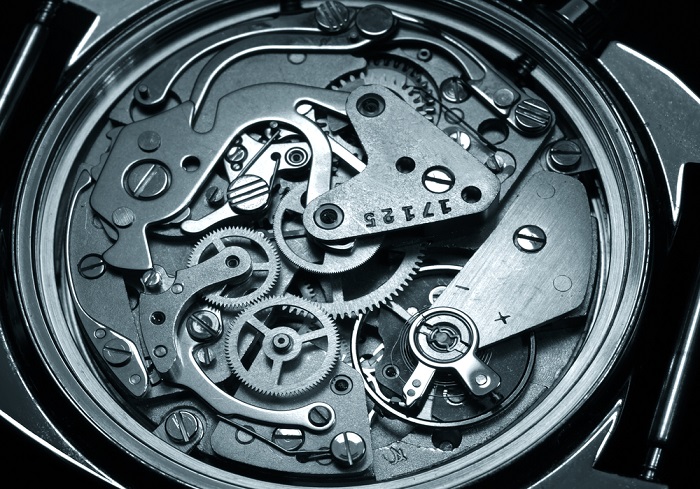Want To Fake A Swiss Watch? Yeah, Maybe Not So Much Anymore.

As most retailers know, few things can threaten a business’ or a product’s integrity like counterfeiting.
But makers of high-end Swiss watches, which can sometimes run upwards of $10,000 or more, now have a new tool to help them guard their brand’s supremacy and fend off would-be counterfeiters — tiny, nanoscopic watermarks that are invisible to the naked eye, impossible to fake and only visible under an ultraviolet light as a hologram.
The company that has developed this new product, Nanoga, an EPFL-based startup, says that each “layer” of the watermark is 10,000 times thinner than a human hair and deposited onto a watch’s sapphire crystal or glass dome in a highly detailed lithographic printing process.
When you normally look at the watch, you wouldn’t notice anything different about it, but place the swanky timepiece under ultraviolet light and you’ll soon find out whether or not it’s the real deal.
“With Nanoga’s new way of combating counterfeits, each product can be made unique without changing its appearance,” the company said in a statement. “The technique, which was developed at EPFL, involves an image that is invisible to the naked eye and can only be seen under ultraviolet light. It was initially developed for high-end sapphire crystal watches, but Nanoga has just patented a system of photonic watermarks for glass, ceramic and metal as well.”
Nanoga says it would be impossible — or, at least, highly cost-prohibitive — to counterfeit its watermarks, because “to reproduce this type of nanometric image would be as complicated as trying to forge the Swiss 50-franc note.”
Nanoga’s process uses “expensive machinery and a secret recipe of chemicals that is patent-protected.”
So, if you’ve got $10,000 or so to fork over for a timepiece, now you can also get the added security and peace of mind of knowing, without a shadow of a doubt, that it is not simply some Canal Street knockoff.